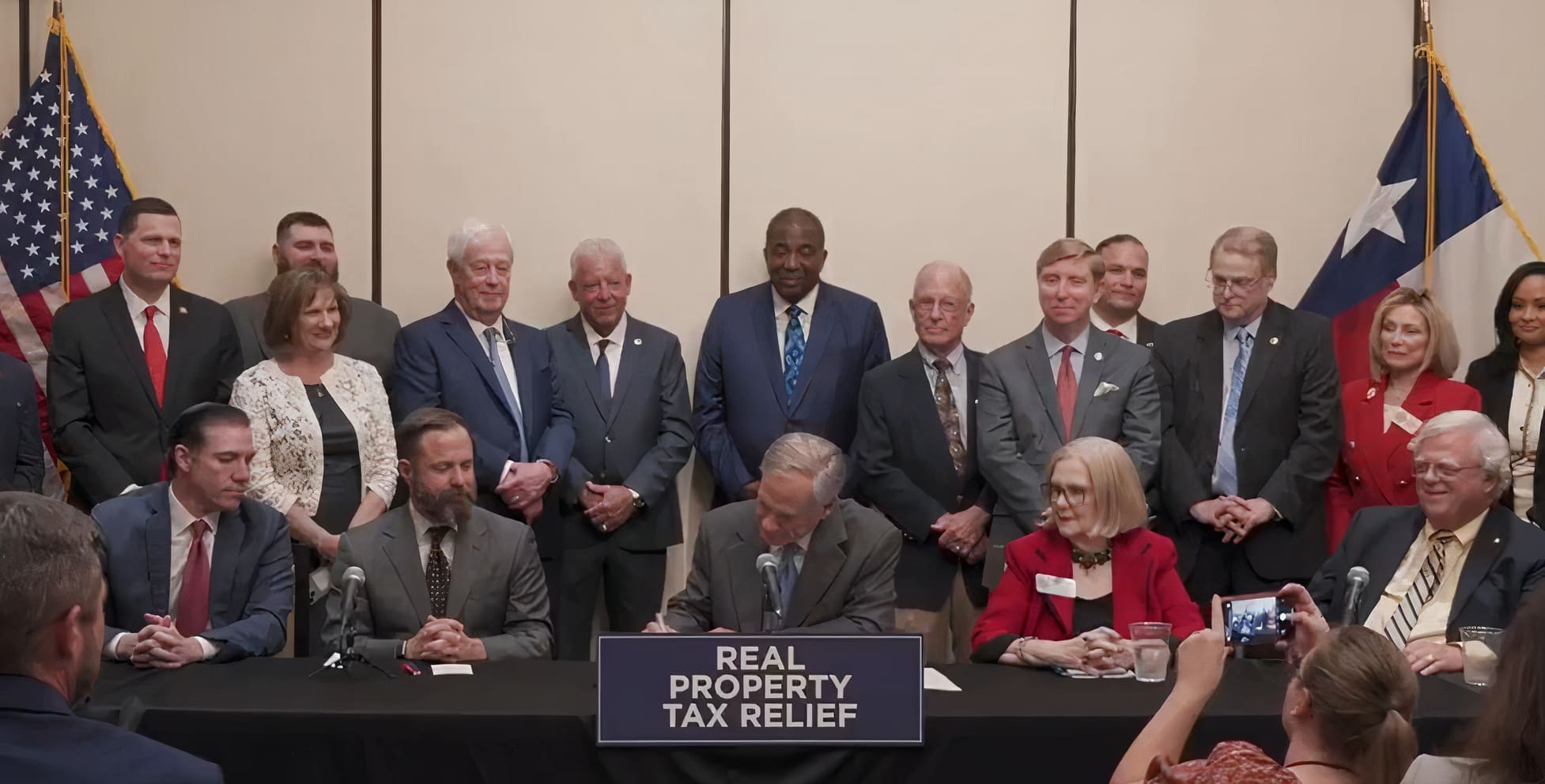While Texans face economic difficulties, the state is expected to collect more than $18 billion in surplus funds following the 2024-2025 biennium.
Comptroller Glenn Hegar released the state’s Certification Revenue Estimate earlier this week, which lawmakers will reference when crafting legislation for the third special session.
Previously, Hegar said lawmakers had $188.2 billion to spend in May, but new estimates raise that projected budget to $194.6 billion.
This new estimate means that the state will be left with $18.29 billion in unspent funds at the end of the current budget cycle.
Texas’ Economic Stabilization Fund—also known as the rainy day fund—will accrue $23.77 billion, absent any additional legislative appropriations.
However, Texans for Fiscal Responsibility called for lawmakers to use any extra funds to eliminate property taxes.
“The over $18 billion dollar surplus that is expected to be collected is simply over-collected tax dollars out of the pockets of hard-working Texans,” TFR’s Political Director Andrew McVeigh told Texas Scorecard. “It should be used to provide real property tax relief in the form of school M&O compression. All surplus dollars going forward should be used to put us on a path to school M&O elimination by compressing rates to zero. This is the first step to restoring private property rights to all Texans.”
Hegar said the new budget estimate may mean that Texas will avoid a possible recession.
“Despite sharply higher interest rates, household budgets stressed by inflation and adverse economic conditions among major trading partners, the national economy has continued to grow,” wrote Hegar. “Meanwhile, the Texas economy has outperformed the national economy, and the economic outlook included with this revenue estimate does not assume a recession in Texas.”
However, Hegar did not dismiss the idea of a recession and told Texans that an economic downturn could still be in the state’s future.
“The dangers to the economic outlook and the possibility of recession, however, are very real,” stated Hegar. He laid out several factors that could still combine to create a recession, including:
- As yet unknown longer term depressive effects of the restrictive monetary policy imposed by the Federal Reserve over the last year and a half
- Collapsing commercial real estate values and defaults threatening credit availability among regional banks
- Declining savings rates and rising credit card debt balances among lower and middle income households that may weaken consumer spending
- Slowing or nonexistent growth among major US trading partners, including a faltering Chinese economy with unemployment among younger people so high the government will no longer report it
- And further threats to world food and energy supplies stemming from Russia’s continuing war against Ukraine
Although Hegar remained positive, he cautioned citizens not to become too optimistic about Texas’ economic outlook.
“It may well turn out that robust economic growth, and consequently revenue growth, will continue unabated,” said Hegar. “But it would not be prudent to simply assume that will be the case.”
No ads. No paywalls. No government grants. No corporate masters.
Just real news for real Texans.
Support Texas Scorecard to keep it that way!





